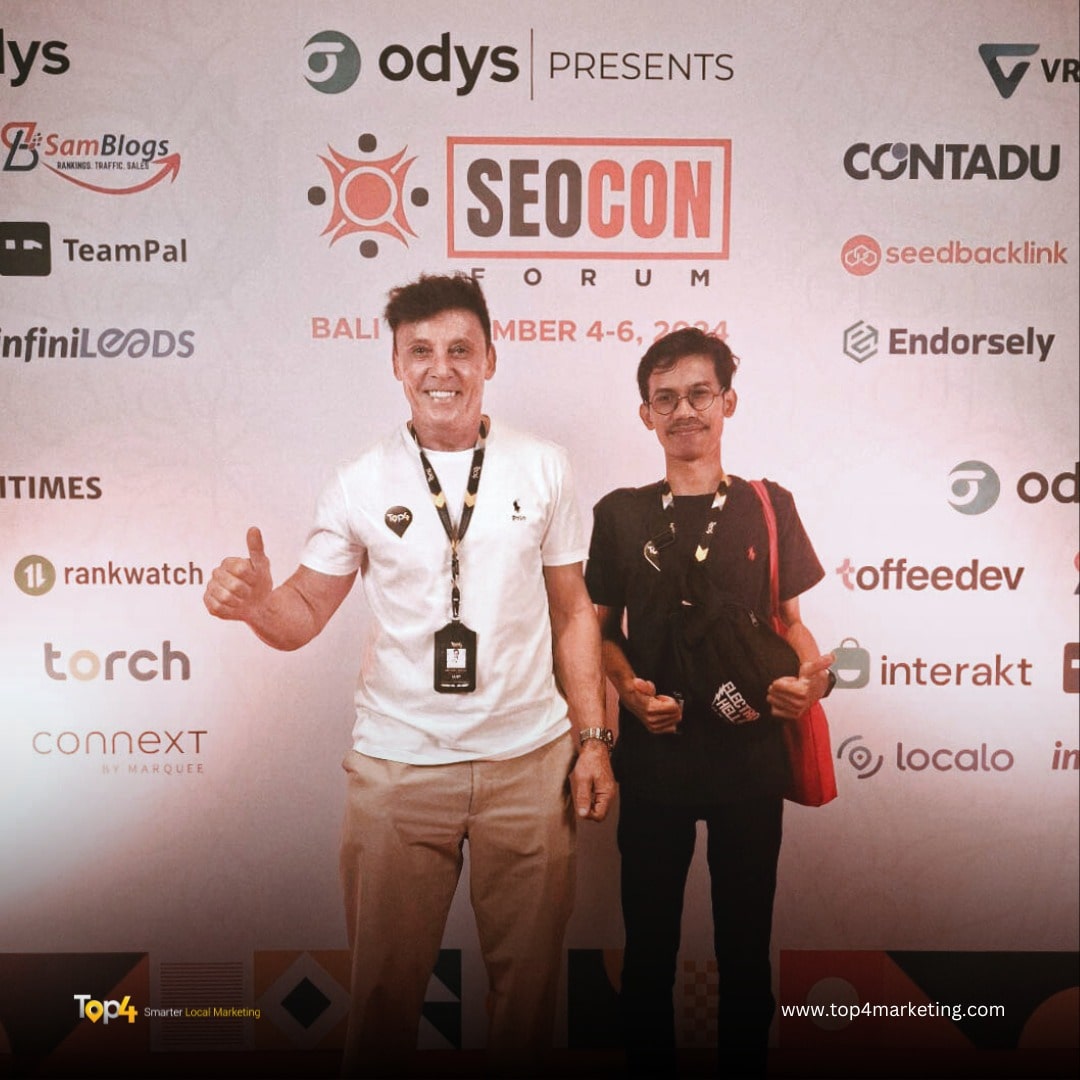Have you ever wondered why some pages show up on Google first, while others seem invisible? For local business and franchise owners, understanding how Google decides what gets listed in search results may feel like cracking a secret code. The real story comes down to how Google reads, evaluates, and organizes your website’s most important asset: your main content. When someone searches for your service or product, your website’s main content either makes you visible or leaves you out of sight.
Recently, Google’s Gary Illyes provided new clarity around the Google indexing process, explaining exactly what matters most when Google visits your site. At the heart of it all is something called “main content.” This isn’t just a block of text. It’s everything on your page, text, images, videos, tools, and even user-generated sections, that delivers value and fulfills the purpose of your page. For local companies and franchises relying on web traffic to fuel growth, understanding this process can make all the difference.
Many business owners believe SEO optimization is a one-off task: add a few keywords and the job is done. In reality, Google uses advanced systems to sort through billions of web pages, weighing which parts of each page help users most. Those “center-stage” features, whatever helps visitors decide, will always matter more. Today’s digital marketing landscape demands a hands-on approach, where structure, clarity, and relevance are pivotal. If you want your business to stand out online, crafting and organizing your main content with purpose is now more important than ever. Let’s break down what happens behind the scenes and examine how you can take real action for long-lasting results.
The Google Indexing Process: Step by Step
At its core, Google indexing refers to how Google finds, reads, and catalogs website pages into its search library. Imagine Google’s vast servers constantly sending out explorers, known as “crawlers,” to gather information from across the web. These crawlers visit websites, look at what’s on each page, and decide what’s worthy of inclusion in Google’s search results. The ultimate goal: provide users with the most relevant answers, as quickly as possible.
The first step is crawling. Software bots visit your site and follow links from one page to the next, collecting all available content. They also pay attention to updates and signals, like sitemaps or instructions in your robots.txt file, to ensure nothing important gets missed or blocked. Next is the processing step, where Google analyzes the main content areas, images, videos, and interactive elements. Here, the focus isn’t just on collecting data, but understanding the purpose and value offered by each section of your page.
After crawling and processing, Google’s systems index the most useful content from your pages. Indexed content means it’s eligible to show up in relevant search results. Ordering these results comes down to various ranking algorithms, which evaluate signals such as relevance, quality, loading speeds, and user experience. Pages that do not provide clear main content, or hide useful assets behind tabs or scripts, may face delays or even exclusion from Google’s database. In summary, each step, from crawling to indexing and ranking, relies heavily on how effectively your page’s main content communicates its value.
Understanding “Main Content” According to Google
Google defines main content (MC) as any portion of your webpage that helps accomplish its primary goal. This can be descriptive text, product listings, feature guides, embedded videos, calculators, games, or user-generated contributions like reviews and comments. Critically, even tabs that reveal key sections, such as customer testimonials, are often counted as main content if they significantly help user decision-making.
The title displayed at the top of your page is also considered part of the main content. A descriptive, helpful title summarizes what’s on offer and allows users to decide whether to click after seeing your site in search listings. According to Google’s Gary Illyes, their systems give main content sections, sometimes called the “centerpiece”, a much higher weighting in their indexing and ranking assessments than headers, footers, or sidebar navigation. Simply put, your most important keywords, messages, and offers should appear front and center where both users and Google’s algorithms can easily find them.
For local businesses, this means every service detail, location-specific term, and call to action should live within the primary body of your website pages. Supplementary elements like navigation links, boilerplate disclaimers, or sidebar widgets are necessary, but play a much smaller role in SEO optimization. Your main content needs to answer real questions, address your audience’s needs, and provide concrete value if you wish to feature prominently in search results.
How Web Content Indexing Prioritizes Main Content
Once Google begins analyzing your website, it aims to pinpoint which section of each page delivers the most value, this becomes the axis for how that page is indexed and retrieved. If your homepage, product pages, or service guides contain well-organized, detailed, and actionable information, Google is far more likely to show them in response to relevant keyword searches.
For example, if a plumber’s website has a “Blocked Drains” page with clear step-by-step guidance, contact information, and user testimonials all within the main content zone, Google’s indexing process will recognize these as key elements. As a result, the page may be listed higher for search queries such as “drain clearing in Melbourne”. On the other hand, if crucial information is buried in pop-ups, accordions, or in code that is not easily readable by crawlers, web content indexing may overlook it, or treat it as less important.
Furthermore, the visible words and interactive features in your main content influence the page’s relevance for specific search phrases. Google inspects not just the presence of keywords, but how naturally they are embedded in context. Overloading your page with repeated terms, or trying to hide primary information in less visible areas, can have the opposite effect, leading to lower rankings or being ignored in search entirely.
The Role of Crawl Budget Management in Indexing Success
One technical aspect that many business owners overlook is crawl budget management. This refers to how frequently and thoroughly Google crawlers examine your site. Large websites or platforms with many dynamic pages must pay close attention to directing these crawlers toward their highest-value pages to ensure the right content gets indexed first.
For local businesses and franchises, crawl budget management is about clarity and efficiency. This means regularly updating sitemaps, using canonical URLs to prevent duplicate content, and avoiding the creation of unnecessary low-value pages. Every wasted crawl on a login or archive page depletes the opportunity for Google to see your latest offers or vital information, meaning your important main content could be overlooked.
By streamlining your site architecture and prioritizing crawl access to high-impact pages, you increase the chance that Google will process your most important updates quickly. Tools such as Search Console provide valuable data on how Google sees your pages, identifies crawl errors, and helps proactively direct attention to what matters most for SEO optimization.
Best Practices: Optimizing Main Content for Better Google Indexing
To ensure your main content gets the prominence it deserves, start by structuring every page around a clear central message. Begin with a precise, descriptive title that captures the purpose of the page, it’s the first thing both Google and users see. Follow up with an introductory paragraph summarizing the main value offered, and use concise headings to break up content into digestible sections.
Incorporate relevant keywords in a natural manner throughout the body text. Remember, quality outweighs quantity; each phrase must make sense in context, providing real insight or assistance to readers. Where possible, add rich media, such as images, videos, or interactive features, to help convey information. These asset types not only engage users for longer but signal quality to Google as well.
Avoid overloading your page with distractions in headers, sidebars, or pop-ups. User-generated content, such as reviews and testimonials, can be very powerful when integrated into your main content, as it helps build trust and authority. For pages with tabs or expandable sections, ensure key information is still visible or easily accessible to both users and crawlers.
Finally, keep your most critical business details, such as location, service areas, and unique selling points, in the central content section. If your site platform allows, use schema markup to help Google understand structured data elements, like business names, addresses, or opening hours. This further increases your chances of being indexed and ranking well for local search terms.
Conclusion: Achieving Long-Term Success with Effective Indexing
In a digital world where every click can transform your business, understanding and refining the Google indexing process is more than a technicality, it’s a competitive advantage. By focusing on the main content at the heart of every page, you not only make your website more appealing to Google’s systems, but also deliver exactly what your customers are searching for. Descriptive titles, informative sections, and easily accessible information signal trustworthiness and reliability, two qualities Google consistently rewards with higher visibility.
Effective SEO optimization is ongoing. The online landscape changes quickly, and staying ahead means regularly reviewing your web content indexing and crawl budget management practices. Monitor how Google crawls, processes, and evaluates your site. Make improvements by updating main content, streamlining navigation, and removing low-value pages that could distract or confuse crawlers. Leverage your unique experiences, testimonials, and detailed service information to build authority within your local market niche.
As your competitors fight for the same digital real estate, clarity and purposeful main content placement separate those who achieve consistent online visibility from those lost in the shuffle. By keeping your customers’ needs front and center, and by aligning every page around well-defined main content, your business sets itself up for long-term search ranking success.
If you need tailored support in optimizing your website’s main content or want to make sense of Google’s complex indexing process, Top4 Technology is ready to help. Our expert team specializes in SEO optimization, effective web content indexing, and crawl budget management, everything required to put local businesses and franchise owners like you in the spotlight. For personalized strategies and practical results, connect with Top4 Technology today and see how your online presence can reach its full potential.


 SAUDI ARABIA
SAUDI ARABIA

























